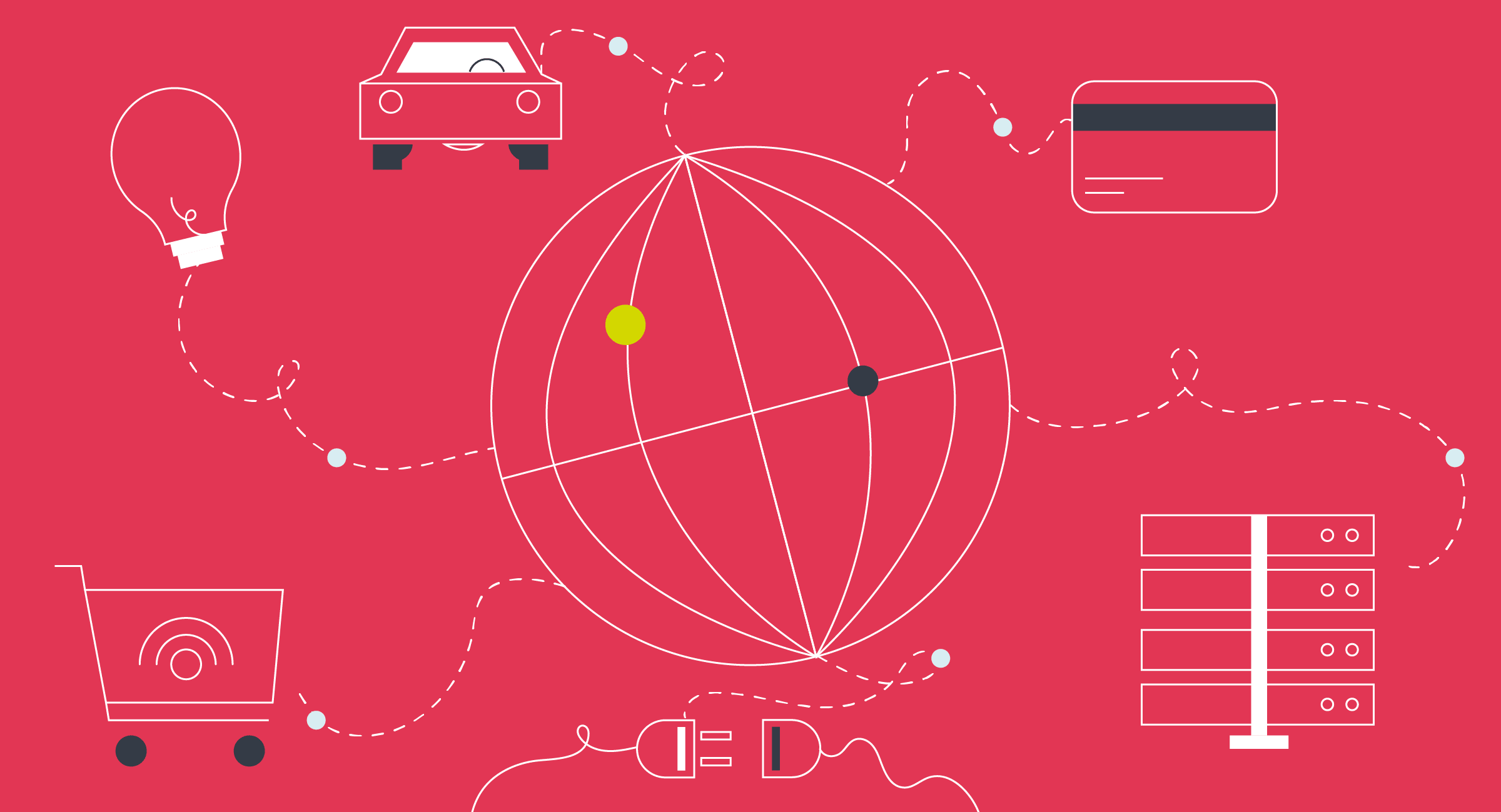
Monitoring, managing and automating smart devices or IoT (Internet of things) is tricky but is made easier with management platforms. They provide scalable services to IoT devices and organisations.
Although these platforms can hit hurdles when developing integration workflows in-house.
Outsourcing native integration functionality is becoming the norm as organisations are realising the enormous potential and benefits of integration platforms. Especially, embedded ones.
What is IoT?
IoT or the Internet of Things describes tangible objects with sensors, processing ability, software and other technologies that connect and exchange data with other devices and systems over the internet or other communication networks.
The “thing” in the Internet of things is any object that can be assigned an Internet protocol (IP) address. They are able to transfer data over a network, this can include people with heart monitors, farm animals with biochip transponders, or automobiles with built-in sensors.
IoT devices work by using embedded systems to collect and act on data from their surroundings. They share sensor data with an IoT gateway, which either sends it to the cloud for analysis or analyses it locally.
The smart devices often communicate with other related devices in an IoT ecosystem and act on the information they receive from each other. Most of the work done is without human intervention, although people can interact with the devices to set them up, give them instructions, or access the data.
How to get IoT Integration Services?
The management system is used for IoT devices and is the process of collecting streams of data from individual devices, turning them into metrics and delivering KPIs for your device ecosystem as a whole.
These systems will typically offer some native integration functionality for IoT devices. Eventually, when customer integration requests become too complex or result in longer lead times these systems will outsource the automation process. They will use data integration tools that enable teams to build IoT integration services quickly with visual drag-and-drop tools.
These data integration tools such as embedded iPaaS enable users to connect to hundreds of other SaaS applications. This means they can solve the simplest integration use case to the most complicated in a few clicks.
How can integrations help IoT devices?
Integrations are one way people can interact with IoT devices to give them instructions and send relevant data to applications.
Integrations help IoT devices in many ways, one example is sending a simple notification to be distributed to various platforms like email or Slack. For instance, integrating Salesforce Service Cloud and Slack enables an IoT to send a notification if there is ever a problem.
To make the integration more complex it can also integrate tickets into a service management platform. So when a customer clicks on the link sent in the Slack message it will take them to a screen that shows them the issue. They can then create a ticket in Salesforce Service Cloud automatically.
Prior to automating the manual task of creating tickets could take up to 10 minutes. Automating the process reduces the manual mundane task and turns it into an integrated, fast process that takes one click.
Another example would be completely automating the relationship between any problem detected and the ticket creation, ensuring reliability.
Connected devices result in better data integration making data management easier.
Benefits of integrating IoT devices
There are a number of benefits to integrating smart and IoT devices:
- Transforms the quality of your service
- Provides performance analytics
- Repeated, manual business processes are automated
- Scales and unlocks your growth
- Connected devices mean better data integration
- Increases reliability and data security
- Gain a unified view of their data, and the data sources and maintain data quality